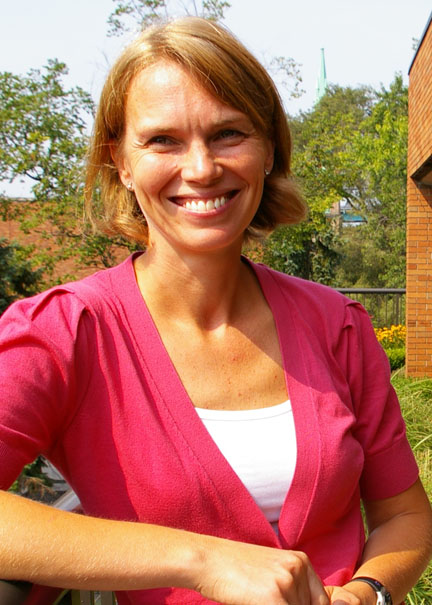
Courts are resorting to cy-près awards without scrutinizing lawyers’ attempts to locate class members, a major study of Canadian class action settlements has found.
 This can result in access to justice being “turned on its head,” according to author Jasminka Kalajdzic, an associate professor at the University of Windsor’s Faculty of Law.
This can result in access to justice being “turned on its head,” according to author Jasminka Kalajdzic, an associate professor at the University of Windsor’s Faculty of Law.
Cy-près awards allow class action settlements to be given to charities when there is no practical way of distributing all the funds to individual plaintiffs.
A draft paper by Kalajdzic, published yesterday, says: “Courts have adopted cy-près as a second best alternative to direct compensation of class members, and have done so with only occasional academic scrutiny and virtually no legislative guidance.”
Kalajdzic calls her study “the most comprehensive collection of information regarding the nature and extent of cy-près use in Canada.” It reveals that, from 2001 to 2012, cy-près was used in at least 65 class actions.
Around $100 million of class funds were given to charitable organizations via “fixed” cy-près awards — where the recipient, and often the payment amount, is known when the settlement is reached. The amount paid through “residual” cy-près awards — where unclaimed settlement funds are paid to charities — is unknown.
The study found no evidence in the 65 class actions that courts had seriously questioned parties’ claims that money could not be paid directly to class members.
Kalajdzic says: “This is money that in theory belongs to class members who were wronged by defendants’ conduct; the money is given to charities or non-profit organizations because the judge and lawyers have determined it is too difficult or expensive to give the money directly to class members.
“In a sense, cy-près is a form of privatized distributive justice.”
Most cy-près awards are made in Ontario, where s. 24 and s. 26 of the Class Proceedings Act are widely interpreted as authorizing the distributions.
In a June 2013 Ontario Superior Court of Justice decision, Sorensen v. easyhome Ltd., Justice Paul Perell wrote: “As a general rule, cy-près distributions should not be approved where direct compensation to class members is practicable.”
But, highlights Kalajdzic’s paper, there is no clear case law on how “impracticability” should be defined.
“Judges accept, with little or any discussion, the submissions or evidence that identifying class members is ‘cost-prohibitive,’” it states. In contrast, U.S. courts are “increasingly vigilant about counsel using cy-près relief.”
The paper recommends: “Judges must hold both plaintiff and defence counsel’s feet to the fire.”
The report also claims many cy-près distributions benefit causes with little connection to the nature of the class action.
It proposes courts ensure there is a proper “nexus” between the members and the cy-près recipient.
Where a portion of the settlement remains unclaimed, the paper suggests this could be apportioned to successful claimants rather than going to an “uninjured third party.”
Koskie Minsky LLP partner Kirk Baert agrees cy-près should have a “proper evidentiary basis,” but feels the system is working well overall.
“I think that class counsel are in the best position to make that assessment [on the feasibility of compensating class members] and their recommendation should be given serious weight by the judge,” he says.
Gowling LaFleur Henderson LLP partner Scott Kugler said in a recent Canadian Lawyer article that courts are becoming increasingly insistent that settlement proceeds are actually paid to class members.